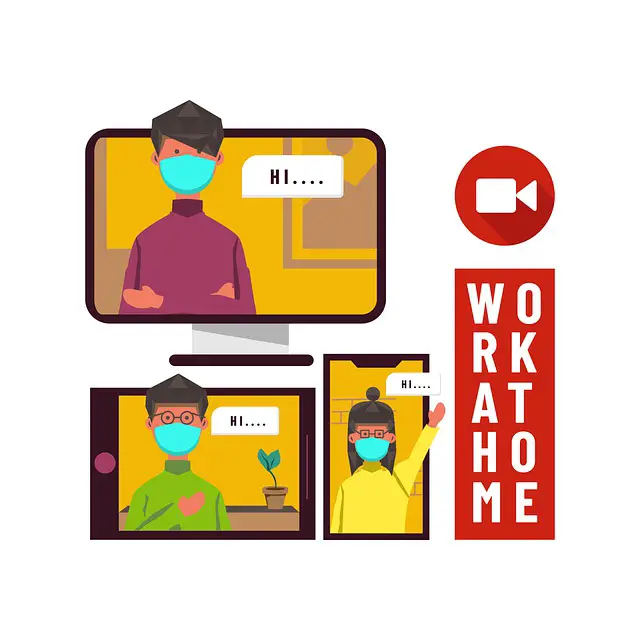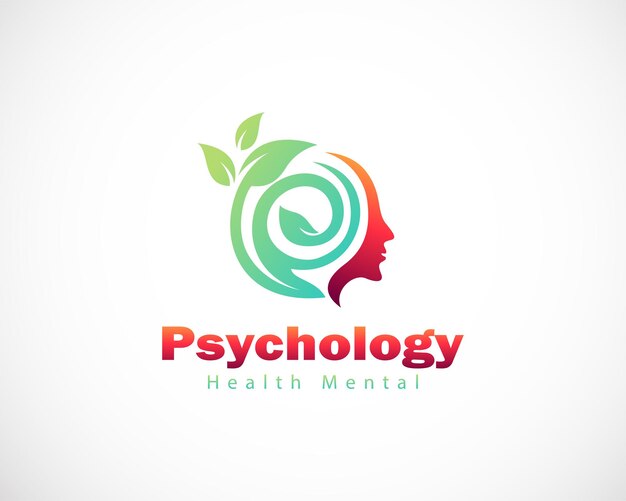Maximizing Retention and Comprehension: Strategies for Effective Learning
Enhanced retention and comprehension strategies are fundamental aspects of successful learning. Understanding and implementing effective techniques to improve retention and comprehension can significantly impact educational outcomes. This article aims to explore strategies that foster increased retention and comprehension, emphasizing their significance, and providing examples of instructional methods that promote deeper understanding.
Page Contents
Importance of Increased Retention and Comprehension:

- Long-Term Learning: Improved retention ensures that information is stored in long-term memory, facilitating easier recall and application of learned concepts.
- Deeper Understanding: Strategies that enhance comprehension aid in a more profound understanding of complex topics, fostering critical thinking and problem-solving skills.
- Improved Academic Performance: Enhanced retention and comprehension correlate with improved academic performance, grades, and overall learning outcomes.
- Application of Knowledge: Students can apply learned information in various contexts, fostering practical application and real-world problem-solving abilities.
Strategies to Enhance Retention and Comprehension:
- Spaced Repetition: Distributing study or review sessions over time to reinforce learning and retention, allowing for better retention of information in long-term memory.
- Active Recall and Practice Testing: Engaging in practice tests, quizzes, or recall exercises to actively retrieve information, strengthening memory retention and comprehension.
- Visualization and Imagery: Utilizing visual aids, mind maps, diagrams, and visualization techniques to enhance comprehension and facilitate memory recall.
- Chunking and Organization: Breaking down complex information into smaller, manageable chunks and organizing content in a structured manner to aid in comprehension and retention.
- Teaching Others: Explaining concepts or teaching others reinforces understanding and retention by consolidating learned information through verbalization.
Examples of Instructional Methods for Increased Retention and Comprehension:
- Graphic Organizers and Mind Maps: Implementing visual tools to organize information, relationships, and concepts, aiding in better comprehension and retention.
- Interactive Discussions and Group Activities: Engaging in discussions, debates, or group activities to encourage active participation and reinforce understanding through verbal communication and interaction.
- Case Studies and Real-Life Applications: Analyzing case studies or real-world examples to apply learned concepts, promoting deeper understanding and retention.
- Multisensory Learning: Incorporating multiple sensory experiences, such as tactile, auditory, and visual stimuli, to engage various senses and aid in better retention and understanding.
- Summarization and Note-Taking Strategies: Encouraging effective summarization techniques and note-taking methods that facilitate understanding and retention of key information.
Implementation of Strategies:
- Integrate spaced repetition techniques into study schedules or lesson plans to reinforce learning over time.
- Engage students in interactive activities and discussions to apply learned concepts and reinforce understanding.
- Encourage students to create their own visual aids, summaries, or mnemonic devices to enhance retention and comprehension.
Conclusion:
Strategies aimed at increasing retention and comprehension play a pivotal role in effective learning. By implementing methods that encourage spaced repetition, active recall, visualization, and multisensory learning, educators can empower students to retain information more effectively, comprehend complex concepts deeply, and apply their knowledge confidently. Providing opportunities for students to engage with materials through various strategies ensures enhanced learning outcomes, better academic performance, and the development of critical thinking skills necessary for success in their educational journey and beyond.







